We’ve all been there – rushing to an important appointment or meeting, only to be faced with unbearable traffic and an imminent tardy arrival. Various factors can contribute to these unpredictable delays, from accidents to construction to bad weather. As we navigate through the hustle and bustle of our busy roads, it’s essential to be aware of these common traffic excuses for being late, so you can better prepare for any unforeseen circumstances that may arise during your journey.
Unexpected Road Construction
Unexpected Road Construction: An Inconvenient Reality
Picture this: you’ve timed your commute down to the minute, proud of your ability to bypass the usual traffic jams and arrive punctually at your destination. Then, suddenly, the familiar route you’ve grown to rely on is altered by the appearance of bright orange cones and detour signs. Caught off guard, you find yourself completely unprepared for unexpected road construction.
The Challenges of Navigating Construction
Encountering these surprise hindrances can undoubtedly leave us scrambling to find alternative routes, while keeping an eye on the clock as the minutes slip by. However, even with navigation apps on our smartphones, this task can be frustratingly challenging when construction results in closed lanes and redirected traffic flow.
The Causes of Delayed Travel
The causes of these unexpected delays can widely vary, ranging from emergency repairs to significant projects in progress. Torn up asphalt, towering cranes, and heavy machinery are just a few of the common sights that accompany road construction.
The Benefits of Infrastructure Improvement
Although delayed travel plans thanks to unforeseen construction work can be incredibly irritating, it’s essential to remember that these sites are aimed at improving the overall infrastructure. Whether it’s repairing a critically damaged bridge, alleviating traffic congestion through rerouting or expanding lanes – these projects ultimately serve us in creating safer, more efficient roadways.
Coping with Construction Stress
Still, regardless of the end goal, unexpected road construction is an inconvenient reality that brings with it unwanted stress and tardiness. So, the next time you find yourself involuntarily rerouted due to construction work, take a deep breath, remember that you’re not alone in your frustration, and try to appreciate the continuous efforts to improve our transportation infrastructure.
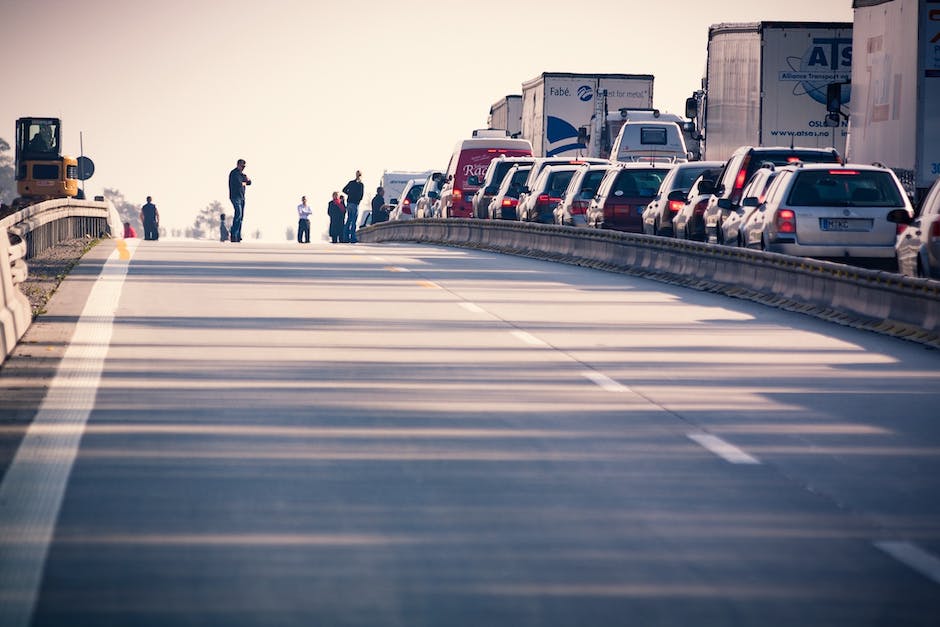
Accidents on the Road
Accidents on the Road: Expect the Unexpected Delays
You’ve embarked on your daily commute, hoping for a smooth drive to your destination, only to encounter a sudden halt in traffic. Congratulations, you’ve just come face to face with one of the most common and unavoidable traffic excuses for being late: accidents on the road.
Though unfortunate, traffic accidents occur daily, ranging from minor fender-benders to more serious collisions. What was supposed to be a quick trip suddenly becomes an unforeseen delay due to these incidents. With lanes potentially being blocked or closed off entirely, an accident can cause a major snarl-up on highways and local roads alike, leaving you and countless other commuters stranded in the ensuing gridlock.
But that’s not all; human curiosity plays a significant role in exacerbating the problem. Rubbernecking, or the act of drivers slowing down and craning their necks to catch a glimpse of the accident, can create additional congestion as the flow of traffic is reduced to a crawl. Even if the accident has been cleared, the lingering effects of rubbernecking can substantially prolong your travel time.
While accidents are unpredictable, they serve as a reminder for drivers to stay vigilant on the road, practice defensive driving, and maintain a safe following distance. Additionally, embracing navigation apps with real-time traffic updates can alert you to potential accidents ahead of time, giving you the opportunity to adjust your route and arrive at your destination as punctually as possible.
So the next time you’re caught in traffic due to an accident, take a moment to appreciate the importance of safe driving practices and staying informed about road conditions. After all, accidents may be an unavoidable excuse for tardiness, but arming yourself with knowledge and preparation can help minimize their impact on your busy schedule.
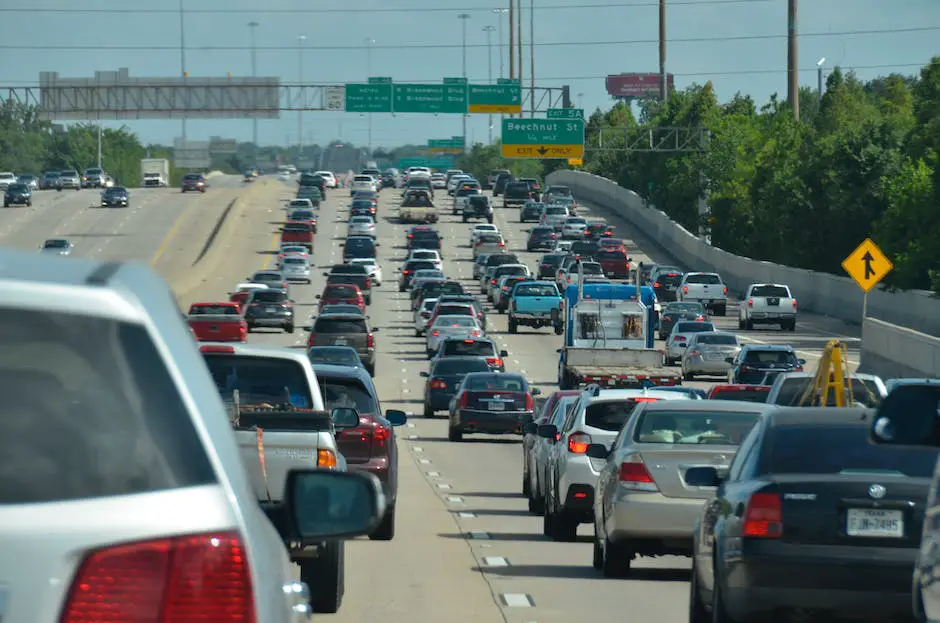
Rush Hour Congestion
Are you tired of setting multiple alarms, waking up early, and chugging that double dose of caffeine just to make it to your destination on time, only to be sabotaged by rush hour traffic? You’re not alone. Rush hour congestion is the bane of drivers everywhere, leading to a collective groan of frustration during morning and evening commutes.
Picture this: it’s 8 am, and you’re trying to get to work by 9 am. The freeway should usually take about 30 minutes, but with the surge of vehicles during peak hours, your ETA is now pushed back. You find yourself inching forward as the traffic moves at a snail’s pace. Stop. Go. Stop. Go. This constant dance of brake and acceleration takes a toll on your nerves, not to mention your vehicle’s health.
But why is rush hour congestion such a prevalent issue? The answer lies in the high volume of vehicles. As more and more people converge onto the roads at the same time, the limited road space leads to slow movement, bumper-to-bumper traffic, making reaching your destination on time a formidable challenge.
Rush hour is not only a time when everyone is en route to work or school; it also sees a surge in delivery trucks, construction vehicles, and buses, further narrowing down the available road space. A single accident or stalled vehicle can also add to the woes of drivers, as surrounding cars clamor to avoid the obstacle, bringing traffic to a crawl or standstill.
Are you part of the legion of folks with a deep-rooted fear of public transport? You might want to rethink this apprehension, as public transportation is a way to alleviate traffic congestion. More people using buses, trains, or subways means fewer individual vehicles clogging up the roads. Carpooling, biking, or even walking, where feasible, is an option worth considering to make your daily commute less stressful – and more punctual.
So, the next time you’re trapped in that soul-crushing traffic jam, remember that the cause can be traced back to the sheer volume of vehicles during peak hours. As tempting as it may be to blame the universe or some other cosmic power, we’re all in this together. And hey, a little extra time spent belting out your favorite tunes in the car isn’t the worst thing, right?
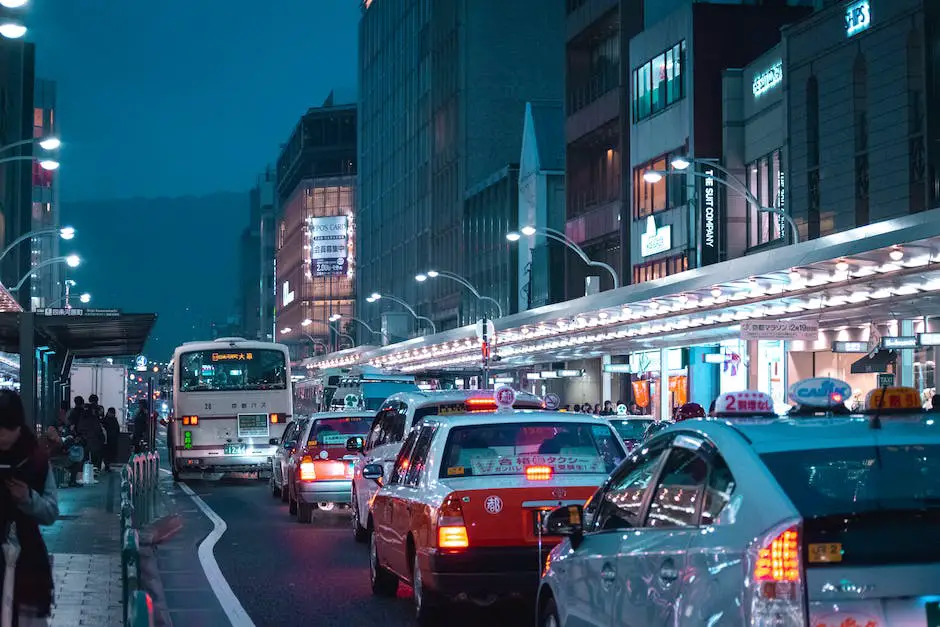
Bad Weather
The Challenges of Bad Weather on Our Daily Commute
There’s no denying that Mother Nature plays a significant role in our daily lives and sometimes, she can be the ultimate source of mischief when it comes to our daily commutes. At times, she dances gracefully through the skies, casting sun rays on our otherwise mundane journeys; but then there are the days when we find ourselves battling her full fury – be it heavy rain, snow, or thick fog. These challenging weather conditions inevitably come with a side order of traffic congestion and an increased risk of accidents as everyone tries to get to their destinations.
Heavy Rain
Heavy rain tends to make roads particularly slippery, causing drivers to take extra precautions while navigating tight turns or merging onto busy highways. This, in turn, can slow down the flow of traffic as everyone attempts to maintain a safe following distance and reduce their speeds. And let’s not forget about those pesky puddles that can send a torrent of water splashing onto pedestrians and other cars, impairing visibility for everyone in the vicinity.
Snow
As if heavy rain wasn’t bad enough, snow enters the picture, transforming the landscape into a winter wonderland that’s accompanied by a fresh batch of traffic inconveniences. As the snow accumulates on the pavement, roads become increasingly difficult to navigate due to the slippery conditions and poor visibility. Motorists need to take extra precautions to maintain control of their vehicles, which often translates to longer travel times and miles of tail-lights illuminating the horizon.
Thick Fog
And speaking of poor visibility, the ever-mysterious and treacherous fog has a nasty habit of playing tricks on drivers. When a thick blanket of fog sets in, it reduces visibility to practically zero, leaving drivers to rely largely on their headlights and intuition to guide them through the murky unknown. In such conditions, traffic almost always grinds to a snail’s pace, as one wrong move could lead to a chain reaction of vehicles colliding into each other.
Conclusion
While it would be nice to think that the weather could always be perfect, the reality is that bad weather is an unavoidable part of life that will occasionally push our commutes and travel plans off course. So the next time you find yourself peering through your rain-smeared windshield, squinting to see the car just a few feet ahead or creeping along a snow-covered road, remember that you are not alone in your struggle against the forces of Mother Nature. Take a deep breath, laugh at the irony of the situation, and give yourself just a little more time, because battling the elements is always easier with a little patience.
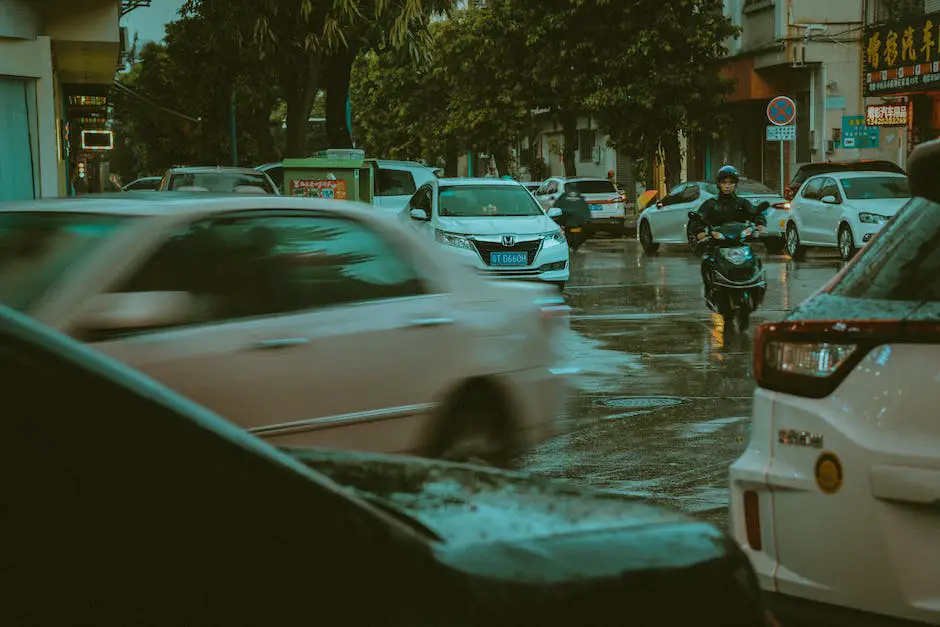
Vehicle Breakdown
We’ve all been there
You’re cruising along, singing your favorite tunes when, suddenly, your car sputters, stalls, and comes to a stop. Vehicle breakdowns are every driver’s worst nightmare, leaving you stranded on the side of the road and leading to a dreaded phone call to explain your tardiness. But what exactly can cause a car to falter in its tracks?
Possible causes
- First and foremost, an empty gas tank can be the main culprit behind your downfall. Running on fumes is a risky game, so always be sure to check that gauge before hitting the road.
- On the other hand, flat tires have been known to single-handedly crush punctuality dreams. Don’t forget the importance of keeping your tires properly inflated and checking for wear and tear regularly.
- Another potential cause for your automotive mishap is a dead battery. Age, cold weather, and leaving the headlights on can all lead to an unwelcome surprise next time you turn the key. Keep an eye on that battery life and avoid leaving electronics on when the car isn’t running.
- Mechanical issues ranging from a failed alternator to overheating can also bring your journey to a grinding halt. Regular vehicle maintenance, such as oil changes and inspections, can help you stay on top of these potential problems before they wreak havoc on your schedule.
If You’re Stranded
What happens when you do find yourself stranded with a broken-down car? Roadside assistance can be your savior, but waiting for help isn’t exactly a quick process. You might catch up on your texts or scroll through social media, but those minutes (or even hours) will tick away, leaving you more and more late to your appointment.
The Solution
In short, vehicle breakdowns are unpredictable and can cause a serious wrench in your punctuality plans. The best way to combat this issue is through regular maintenance, preparedness, and awareness. And while you can’t always avoid car troubles, you can keep your fingers crossed that the next time you’re running behind, your vehicle won’t leave you stranded and reaching for that dreaded excuse.
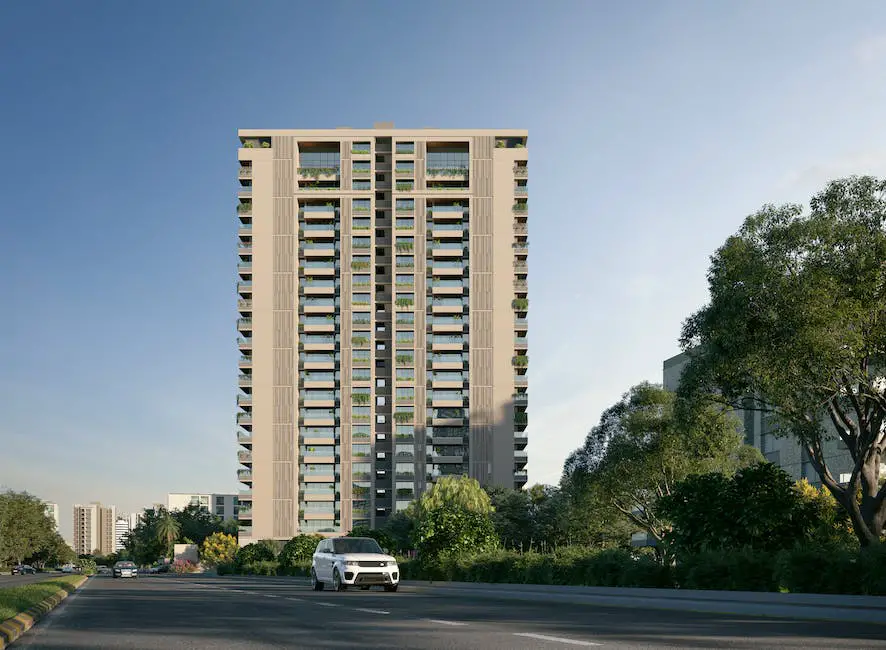
Traffic Signals Malfunction
Traffic Signals Malfunction:
We’ve all had those mornings when everything seems to be going smoothly – you hit the road on time, and you’re cruising along, visualizing how the day will unfold. Then, out of nowhere, you find yourself stuck at an intersection, and you wonder what could possibly be the hold-up. As it turns out, a malfunctioning traffic light could be the culprit behind your unforeseen delay.
A traffic light malfunction can breed chaos on the roads, throwing off the intricate dance of cars, pedestrians, and cyclists who depend on these signals to guide them safely. When a traffic light fails to regulate the flow of vehicles, it often results in confusion and hesitation at busy intersections. Frustrated drivers sit anxiously in their cars, inching closer to being late, as they try to determine whose turn it is to cross the intersection.
The causes of traffic signal malfunctions can vary, but some of the most common issues include power outages, electrical problems, or damage caused by extreme weather or a traffic accident. In some scenarios, the repercussions of these haphazard moments can be minimal – a minor delay here and there – but in others, it can lead to traffic jams that stretch for blocks or even a chaotic collision.
While cities make an effort to prevent and quickly repair traffic light outages, the reality is that thousands of these incidents continue to occur each year. So next time you’re confronted by a flashing red light or a signal that just won’t change, remember that this unexpected roadblock is just another reminder to take a deep breath, exercise caution, and embrace patience. After all, the maze of morning traffic is challenging enough without adding the pressure of racing against the clock.
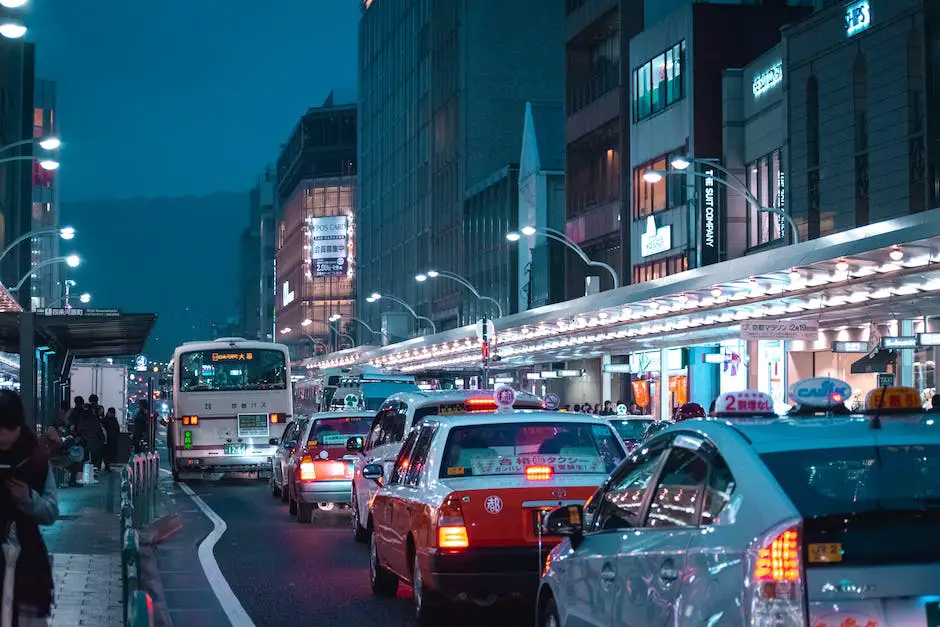
Unexpected Road Closures
Unexpected Road Closures: An Unpredictable Detour Adventure
Imagine a bright, sunny day – you’ve left your house with plenty of time to comfortably reach your destination, when out of nowhere, you spot fluorescent orange signs, barricades, and a sea of brake lights up ahead. Yes, you’ve just encountered an unexpected road closure, and suddenly the leisurely drive has transformed into a frustrating scramble to find an alternative route.
From emergencies to festive parades and local community events, these road closures can strike at any moment, leaving you feeling helpless and, at times, woefully late. So, just when you think you’ve got your daily commute down to a science, these unforeseen obstacles are eager to send you on a chaotic detour adventure.
Emergencies
Emergencies such as accidents, natural disasters, or infrastructure issues can quickly throw a wrench in your best-laid plans. In these situations, safety is a priority and roads may be closed for an extended period to allow first responders to address the situation. Your only option is to follow the detour, often a longer and less familiar route, just hoping that precious time ticking away won’t make you too late.
Parades and Community Events
On a lighter note, parades and community events bring joy, excitement, and a sense of unity to our lives, but they can also lead to temporarily blocked roads. As streets transform into festive spaces filled with floats, performers, and happy, cheering crowds, your daily route becomes a distant memory. Suddenly, you find yourself meandering through unfamiliar side streets in a desperate attempt to make up for lost time.
Unexpected Construction Projects
And let’s not forget about those unexpected construction projects – an ever-present reminder that we’re always improving and expanding our infrastructure. Surging with hope for smoother rides and more efficient traffic flows in the future, you accept the inconvenience as a necessary part of progress.
Ultimately, unexpected road closures are a part of life, one that can force even the most punctual individuals to arrive fashionably (or not-so-fashionably) late. As you veer off your well-traveled path, take a deep breath and remember, these detours are often temporary, and sometimes, if you’re lucky, they lead to undiscovered gems, shortcuts, or scenic views on your journey.
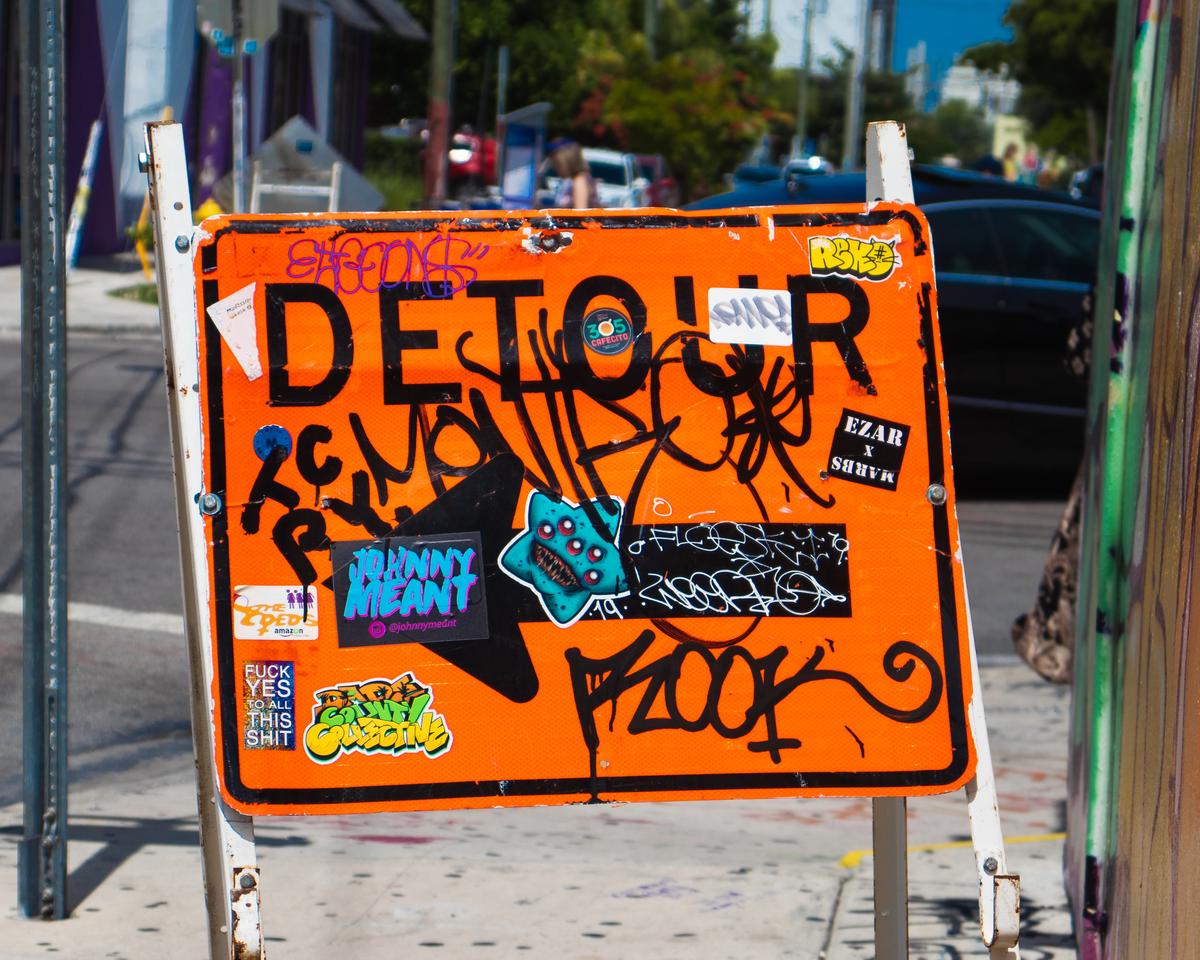
Photo by ussamaazam on Unsplash
Police Checkpoint
Police Checkpoints: What to Expect and How to Prepare
Imagine you’re cruising down the road, humming your favorite tunes, when suddenly you see it up ahead: flashing red and blue lights. Yep, it’s a police checkpoint. These unexpected stops can seriously put the brakes on your punctuality, leaving both you and your boss less than thrilled about the situation.
But why do police checkpoints happen in the first place? Well, they serve several purposes such as ensuring that drivers are licensed and insured, checking for vehicle safety, and most importantly, deterring and detecting drunk or impaired drivers. And while we all can agree on the value of promoting road safety, it’s hard not to let out a deep sigh when we realize we’ll be caught in the queue.
Preparing for a Police Checkpoint
Now, looking at the bright side, a police checkpoint can be an opportunity to make sure everything is in order in your vehicle. First, wait patiently for your turn – this is not the ideal moment to road rage (even if you’re late!). Use this time to fetch your driver’s license, ensure your insurance information is handy, and quickly tidy up your car. Remember, a neat and organized environment will only make the process faster and smoother.
What to Do at a Police Checkpoint
When it’s finally your turn to be checked, stay calm and polite. The officers are just doing their job to keep the roads safe for all of us. If you’re asked to take a breathalyzer test, take it in stride – it’s a standard procedure and nothing to be worried about (unless, of course, you’ve been consuming alcohol. In which case, ditch the ride altogether).
Managing Expectations After a Police Checkpoint
Once you’ve cleared the checkpoint, continue on your way and make a mental note of the situation. You might want to consider informing your destination of the delay to manage expectations and reduce any potential frustration. After all, no one can blame you for encountering an unexpected police checkpoint.
Conclusion
So, the next time you hit the road, remember that police checkpoints could be lurking around any corner. Plan for these time-consuming surprises by giving yourself a little extra travel time or even learning alternative routes to avoid potential delays. Happy driving!
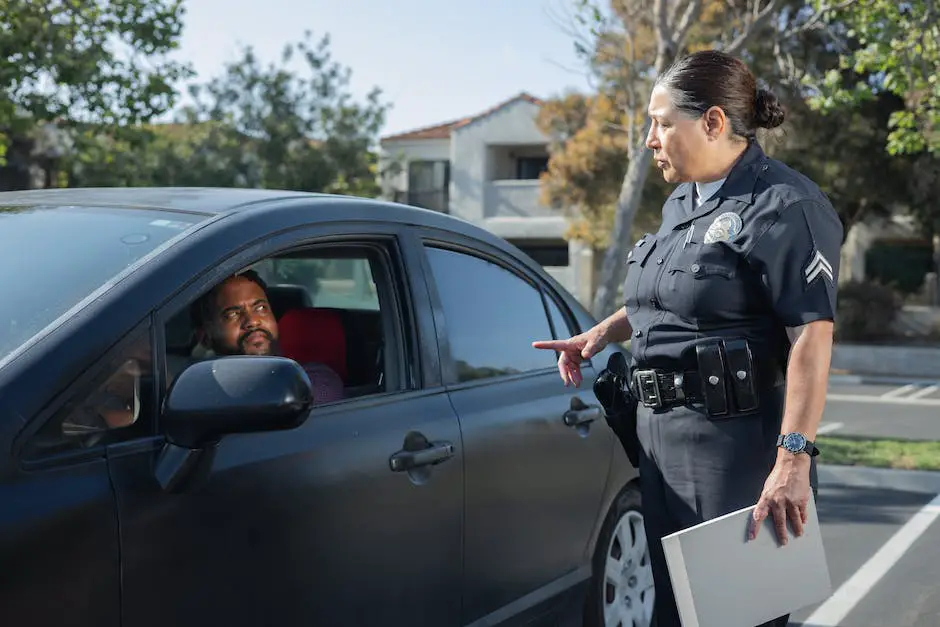
School Buses and Crossing Guards
Sharing the Road with School Buses and Crossing Guards
When you’re cruising through your morning drive to get to work on time, the last thing you want on your tail is the bright yellow behemoth known as the school bus. Ah, the nostalgic symbol of childhood! There’s something endearing about the sight of a school bus making its rounds, but when every second counts, these frequent stops can become the bane of your existence as a time-pressed commuter.
As if school buses alone weren’t enough, throw busy intersections into the mix, and you’ve got yourself a true traffic conundrum. The devoted crossing guards, with their signature neon vests and “stop” signs, are everyday heroes who help ensure the safety of children making their way to and from school. However, it’s hard not to feel a twinge of impatience as you sit behind the wheel, watching little Timmy stop dead in his tracks to tie his shoelace, while the crossing guard staunchly holds up the line of cars.
Despite the inconvenience these traffic impositions may cause, it’s important to remember the purpose they serve. School buses substantially reduce the number of cars on the road during peak hours, helping to curb congestion and the subsequent environmental impact. Similarly, crossing guards play a vital role in mitigating the risk of accidents and ensuring kids feel safe as they traverse the roadways.
So next time you find yourself in a stand-off with a school bus or a determined crossing guard, just take a deep breath and think of the greater good. Sure, these interruptions might make you a few minutes late to work, but at least you can reassure your boss it’s for a noble cause! And who knows, you might end up appreciating the chance to slow down and indulge in a slice of life most adults tend to forget in the daily hustle and bustle.
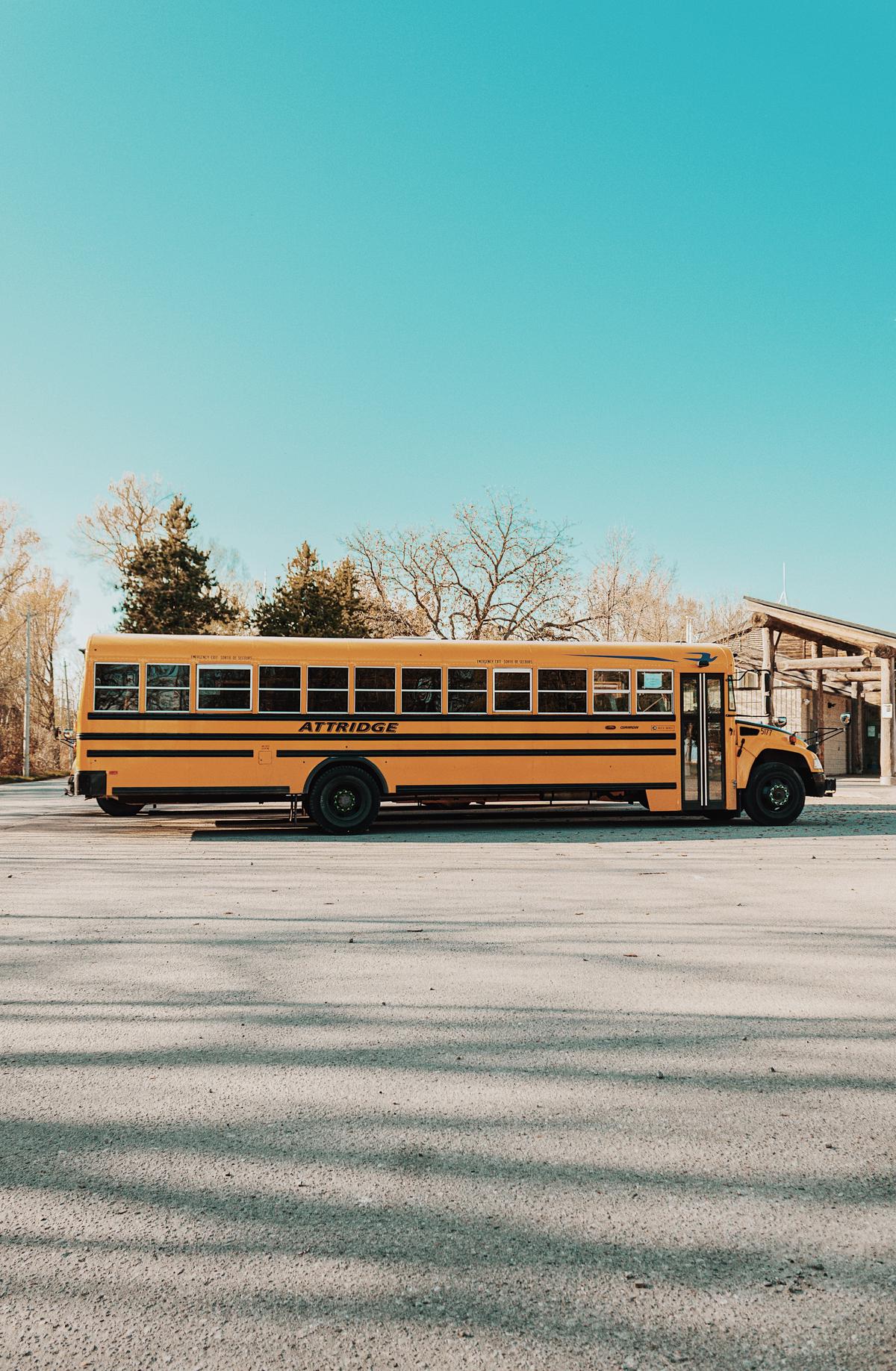
Photo by renankamikoga on Unsplash
Getting Lost
Getting Lost
We’ve all been there – cruising down the road with confidence, only for our surroundings to become unfamiliar and that dreadful realization to sink in – we missed an exit or took a wrong turn.
Whether it’s our first time in a new city or simply a lapse in attention, an unexpected detour can throw even the most punctual individuals completely off schedule.
Trying to navigate back to the correct route can be an ordeal of its own, often involving tight U-turns, daring merges, and fervent glances at a GPS device that only seems to be growing more and more confused.
Time seems to fly as we desperately try to make our way back to our intended path, and the minutes continue to stack as traffic conditions, red lights, and other road obstacles join the fray.
Even with the most cutting-edge navigation apps and step-by-step instructions, the potential for human – or technological – error remains, and wrong turns can make appearances in even the most carefully planned journeys.
But hey, getting lost doesn’t have to be all bad – sometimes, it leads us to explore streets we would’ve never encountered otherwise, providing a chance to stumble upon hidden gems or simply appreciate the beauty of the journey itself.
Because in the end, life’s bound to take us for a detour or two – and when it inevitably does, it’s essential to remain adaptable and enjoy the ride, even if it does lead to a tardy arrival.

Ultimately, understanding and anticipating the various reasons for traffic delays can lead to better planning and time management. While some factors, such as accidents or unexpected road closures, are entirely out of our control, being knowledgeable about potential challenges enables us to adjust our schedules and routes accordingly. By preparing for the unexpected and giving yourself extra time to reach your destination, you can minimize the stress and inconvenience caused by traffic disruptions and ensure a smoother, more punctual arrival.

Recent Comments